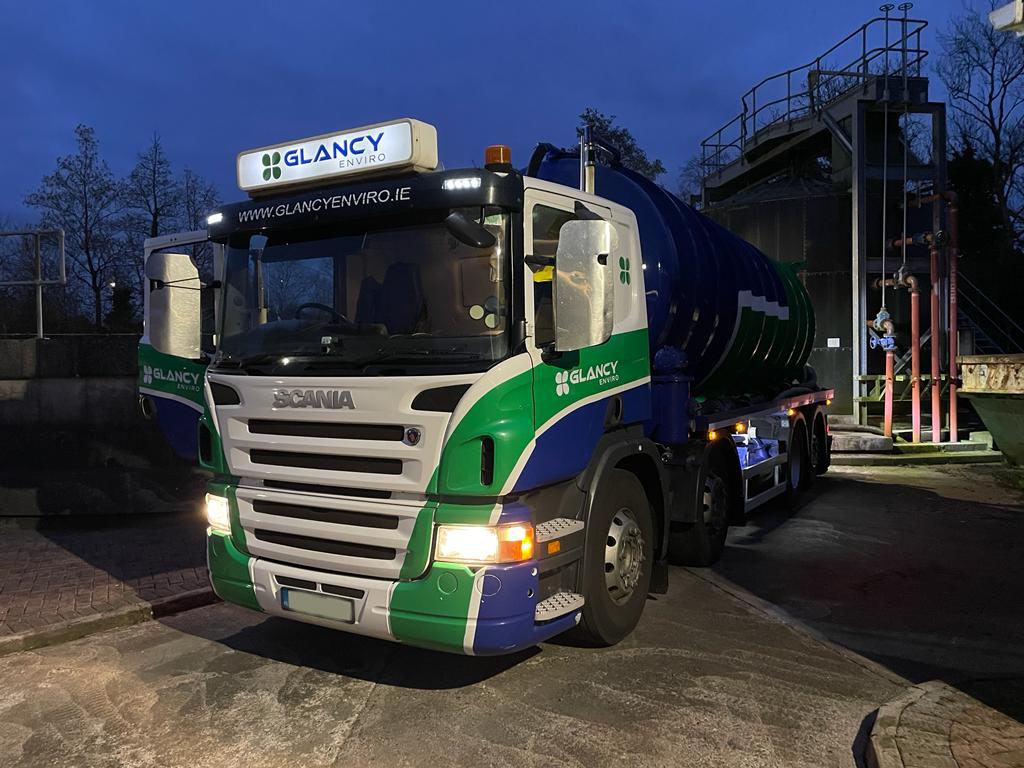The Only Guide to Reclaim Waste
Table of ContentsSome Known Facts About Reclaim Waste.The Greatest Guide To Reclaim WasteReclaim Waste Things To Know Before You Get ThisThe smart Trick of Reclaim Waste That Nobody is DiscussingThe 15-Second Trick For Reclaim Waste
Discover the types, occurrences, and kinds of liquid waste. Domestic sewer waste refers to the waste and items from a residential septic system. This kind of waste is created by human beings in houses, colleges, and other structures. This only includes sewage-disposal tanks that have a drain area. The proper monitoring and disposal of domestic sewer waste require fluid waste to be transferred to a sewage treatment plant where the correct techniques and tools are put on purify and take care of waste.
Industrial waste often includes prospective threats, such as flammable products or a combination of liquid and solid waste products, and needs an extra advanced and thorough disposal process. The disposal of industrial waste commonly involves the filtering of waste prior to transport to guarantee secure and correct disposal. Industrial waste is created from results and drainage of industrial processes and production.
This sort of waste can not use the same sewage administration transportation or procedures as septic or industrial liquids. The industrial waste management process requires the assessment and screening of fluid waste prior to it goes through the disposal procedure (liquid waste disposal melbourne). Runoff waste is the liquid waste that originates from drainage and excess stormwater in very booming locations or cities
Overflow waste can cause contamination and flooding if not taken care of effectively. Making certain correct waste administration can avoid catastrophes and reduce ecological damage.
All about Reclaim Waste
Contact PROS Providers today to find out about our waste management and disposal solutions and the correct methods to look after the liquid waste you create.
(https://zenwriting.net/reclaimwaste1/innovative-industrial-wastewater-treatment-solutions-by-reclaim-waste)Do you understand what takes place to your water when you disengage, flush the commode or drain pipes the washing equipment? No? Well, it's worth knowing. This supposed 'wastewater' is not only an essential source but, after therapy, will be launched to our land, waterways or the sea. Used water from commodes, showers, baths, cooking area sinks, laundries and commercial processes is called wastewater.

water used to cool down equipment or clean plant and tools). Stormwater, a form of wastewater, is overflow that moves from agricultural and city areas such as roofings, parks, yards, roads, paths and seamless gutters into stormwater drains pipes, after rainfall. Stormwater flows unattended directly to regional creeks or rivers, at some point reaching the ocean.
The Ultimate Guide To Reclaim Waste
In Queensland, a lot of wastewater is dealt with at sewer therapy plants. Wastewater is transferred from domestic or industrial sites via a system of sewers and pump stations, referred to as sewerage reticulation, to a sewage treatment plant. Regional governments develop, preserve and operate most sewage treatment plants. Operators are licensed under the Environmental Protection Act 1994 to discharge treated wastewater at an acceptable environmental standard into waterways.
The Division of Natural Resources suggests city governments concerning handling, operating and keeping sewerage systems and treatment plants. In unsewered locations, city governments might call for owners to set up private or home sewage therapy systems to treat domestic wastewater from commodes, cooking areas, washrooms and washings. The Department of Natural Resources authorizes using home systems when they are proven to be reliable.
In some brand-new communities, treatment of some stormwater to get rid of trash, sand and crushed rock has started using gross toxin traps. Wastewater therapy takes place in four stages: Eliminates strong matter.
Utilizes tiny living organisms understands as micro-organisms to damage down and remove staying liquified wastes and great fragments. Micro-organisms and wastes are incorporated in the sludge.
Rumored Buzz on Reclaim Waste
Nutrient elimination is not offered in any way sewer therapy plants due to the fact that it calls for pricey specialized tools. It is coming to be more common in Queensland. Clear liquid effluent produced after treatment may still include disease-causing micro-organisms. If this effluent is released into rivers such as rivers or the sea, the micro-organisms will ultimately die out.

This normally implies wastewater needs to be dealt with or pollutants removed prior to it can be released to rivers. Many wastewater flows right into the sewerage system. Under the Act, city governments provide approvals and permits for ecologically relevant tasks (Ages) involving wastewater launches that may have a local influence. The department administers authorizations and licences to Periods including wastewater releases that could discover this info here have a regional or statewide influence.
Excitement About Reclaim Waste
Otherwise, examples are considered laboratory analysis. Usually many tests are needed to establish the levels of each of the various contaminants such as oils, heavy metals and chemicals in water. Monitoring supplies factual details about water quality and can verify that permit problems are being satisfied. The information gotten through surveillance gives the basis for making water high quality decisions.